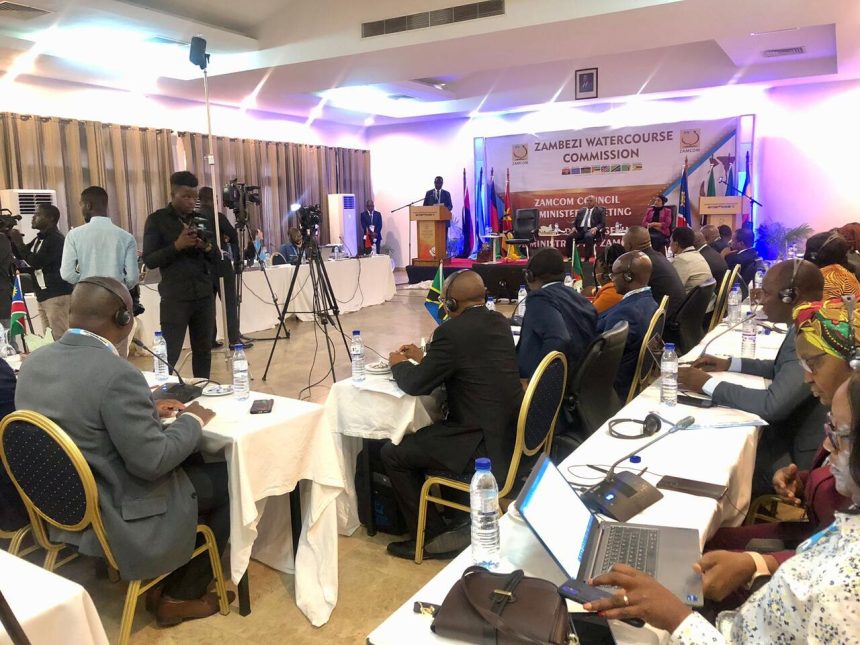The city of Tete is hosting the 11th Meeting of the Zambezi River Basin Commission from April 25 to 26, to discuss the promotion, use and sustainable management of the water resources of this basin, which is of the utmost importance to the countries in the region.
This event is taking place at a time when Mozambique and the Southern Region are facing climate change, characterized by intense rainfall, strong winds and prolonged periods of drought, phenomena that require coordinated action between member countries to promote peace and well-being for the peoples living in the shared basins.
In this context, the President of the Zambezi River Basin Commission, ZAMCOM, and Minister of Public Works, Housing and Water Resources, Carlos Mesquita, highlighted the signing of the Financing Agreement with the African Development Bank for the implementation of the Program for Integrated Development and Adaptation to Climate Change in the Zambezi Basin (PIDACC), which has started in two riparian states, namely Mozambique and Zambia.
Through it, "the total amount of resources mobilized through the AfDB reached around 17 million US dollars. In addition, six countries, namely Botswana, Malawi, Mozambique, Namibia, the United Republic of Tanzania and Zimbabwe, submitted letters of endorsement and project proposals for AfDB funding under phase 2 of PIDACC," said Mesquita.
For Carlos Mesquita, given the size of this river basin, which currently has "more than 40 million inhabitants and is the fourth largest in Africa with an area of 1.32 million km2 and is shared by eight countries", it is important to "continue to design flexible strategies for managing and taking advantage of the potential that this region has, which will contribute to socio-economic development".
Just to highlight the strategic importance of the basin, Carlos Mesquita mentioned the Cahora Bassa Dam, "located on the terminal section of the middle Zambezi, with a maximum water storage capacity of 63 kmᶟ, the 12th largest in the world and the 5th largest in Africa, which is one of Mozambique's largest hydroelectric dams", with an extensive package for agriculture on various scales, availability of water for human supply, hydroelectricity production, industry, aquaculture, mining and tourism.
During the meeting, some of ZAMCOM's achievements were highlighted, such as the signing of financing agreements for development and climate change adaptation programs in the Zambezi basin.
However, the Minister recognized the challenges faced by the region, such as poverty, natural disasters and environmental degradation, and asked the member countries of the Zambezi Commission to continue joining forces and seeking partnerships to implement joint projects that contribute to the development of communities.
It is worth noting that the Zambezi Basin Hydrographic Commission, ZAMCOM, is made up of Angola, Botswana, Malawi, Mozambique, Namibia, Tanzania, Zambia and Zimbabwe, and is currently chaired by Mozambique.


Leave a Reply